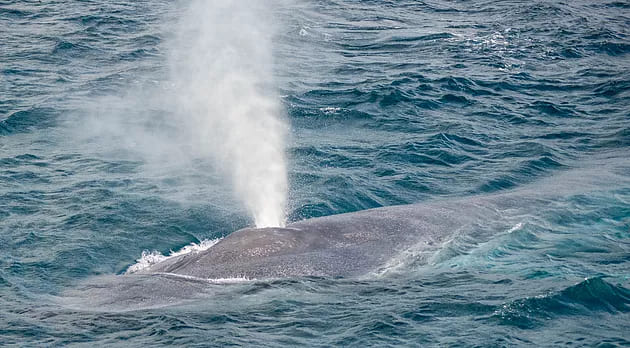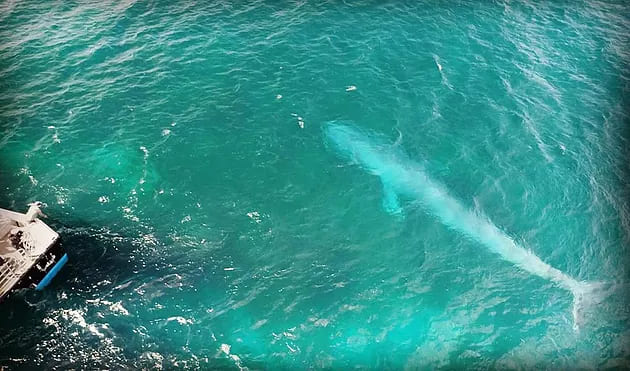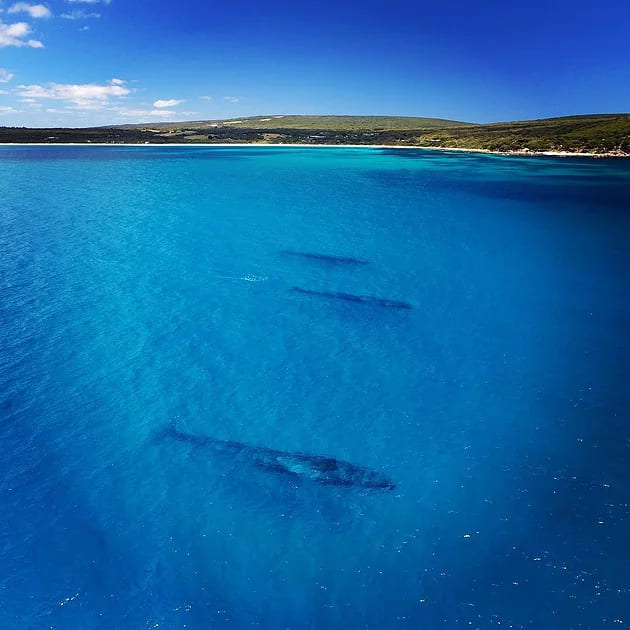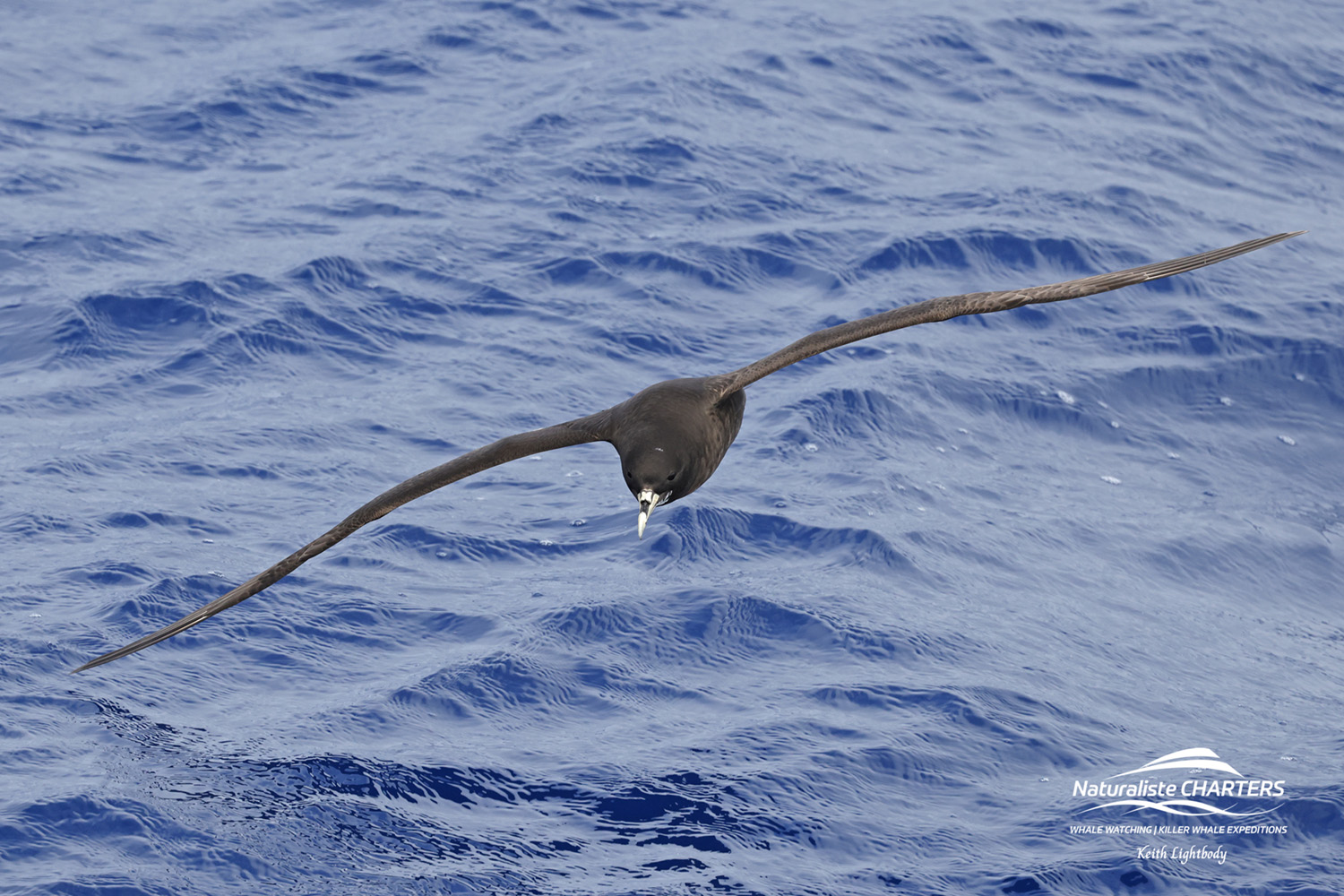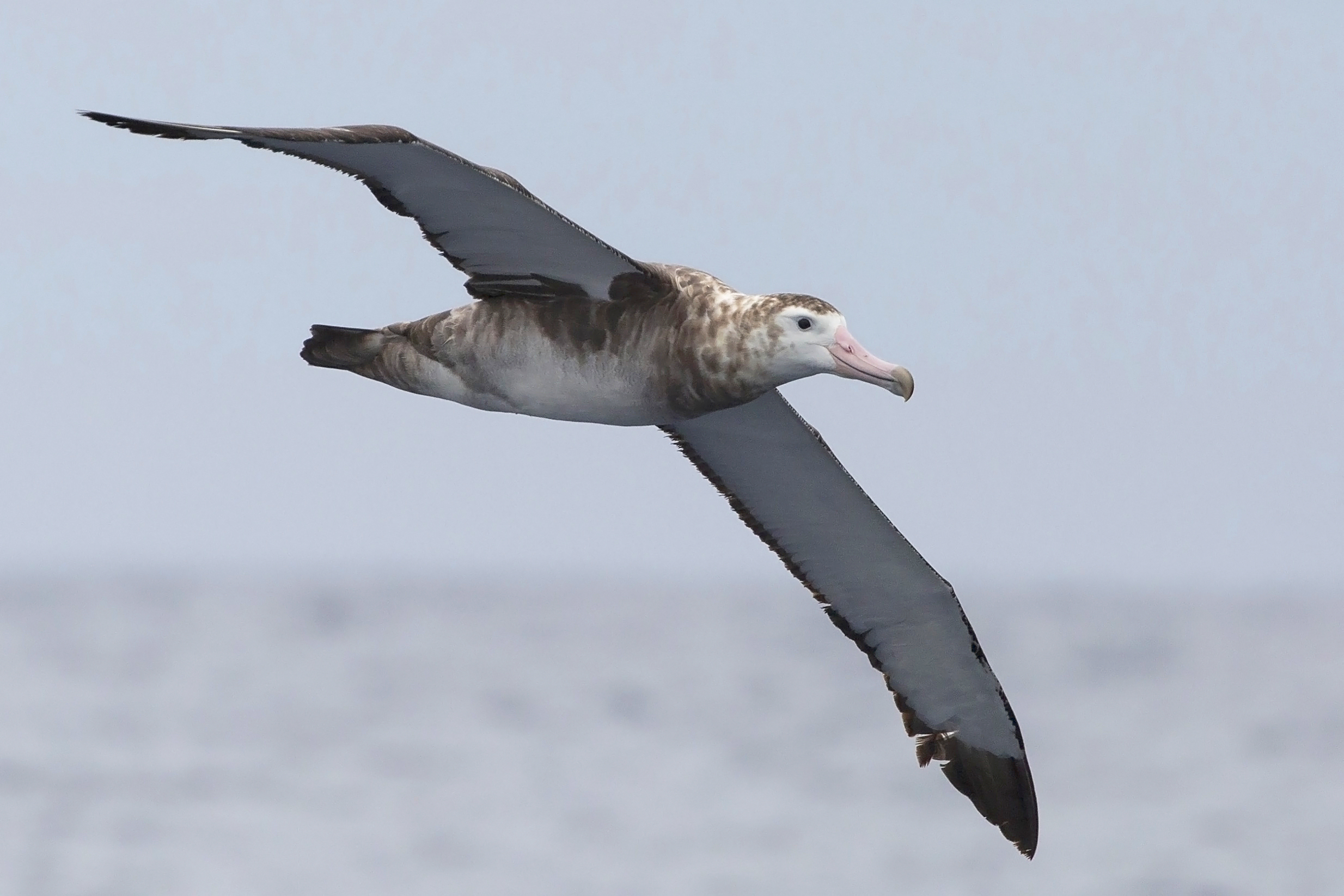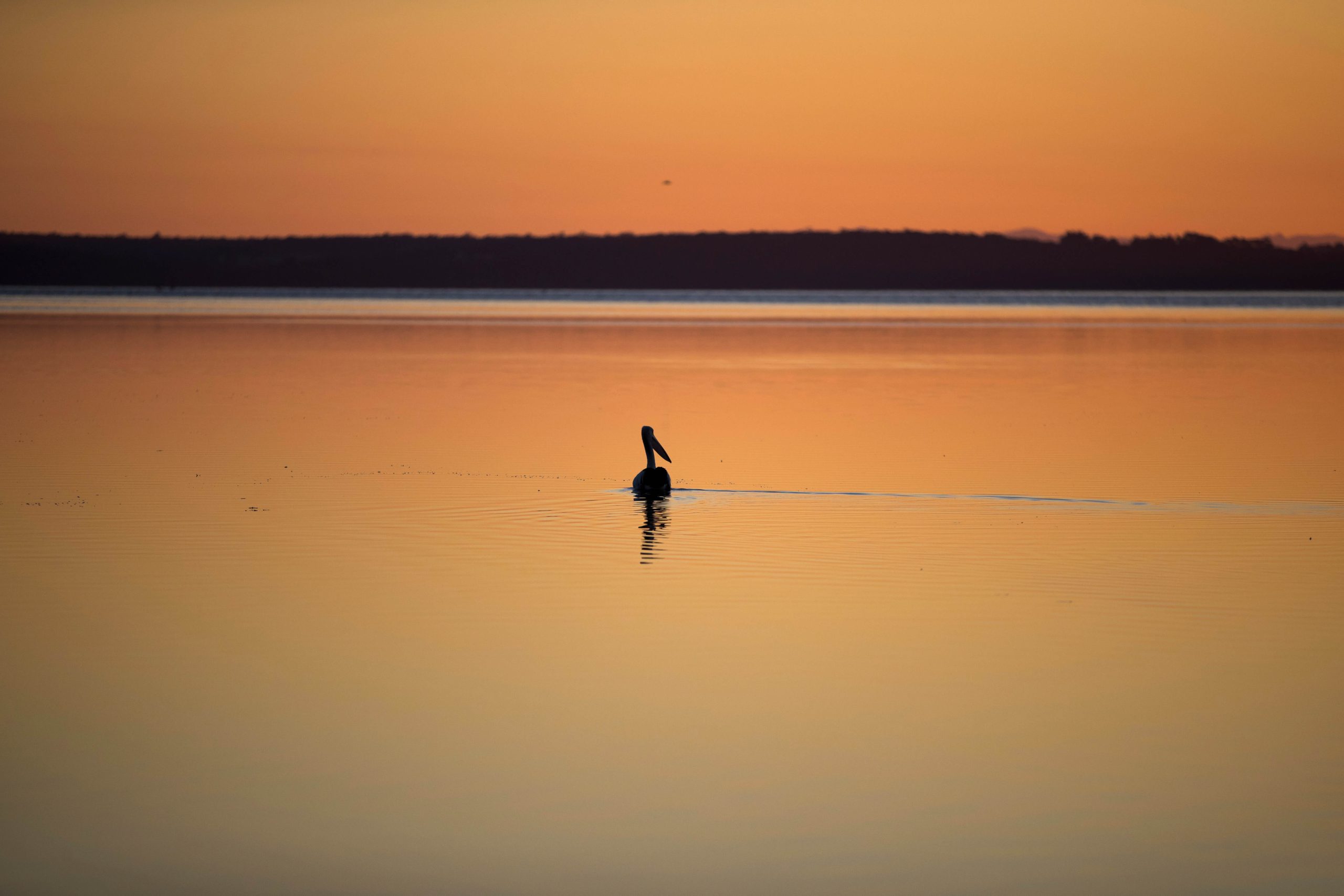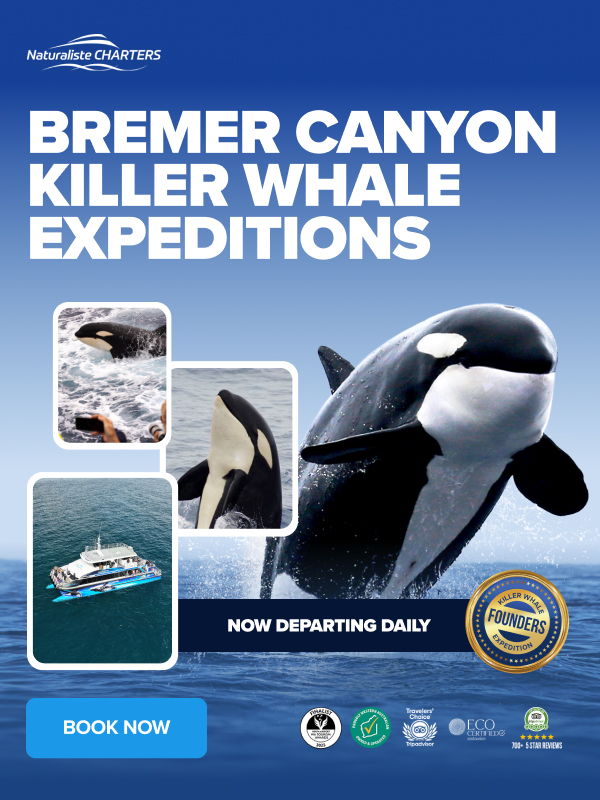Blue Whale Sightings Along the Geographe Bay Coastline
During October and November, blue whale sightings are a highlight of whale watching in Busselton and Dunsborough. These deep-diving giants—typically found in offshore waters—cruise just metres from the shoreline in Geographe Bay. The calm, clear waters make it one of the best locations in the world to observe blue whales close to land. They are often seen as shallow as four metres deep, within 100 metres of the coast. These animals, weighing up to 180 tonnes, can move silently past surfers, kayakers, and boats unnoticed. Our expert crew and land-based monitors help spot them from both the sea and the shore. These whales are migrating south from their breeding grounds in Timor, returning to Antarctic feeding zones. Moving like torpedoes, blue whales can reach speeds of up to 50km/h—although they often slow to cruise beside the boat, giving us breathtaking views of these incredible creatures.
Book your Dunsborough or Busselton whale watching tour with Naturaliste Charters this spring.
A Breathtaking Blue Whale Encounter
On today’s tour, we experienced one of the closest blue whale sightings we have ever had. While following two individuals, one suddenly surfaced just metres ahead of our bow—spraying the entire front deck with its exhale! Passengers gasped and laughed as the mist drifted across the vessel. The whale was so close, we could see straight down its twin blowholes. All baleen whales have two blowholes, unlike toothed whales which only have one. These rare moments create lifelong memories for guests and crew alike. They also highlight just how powerful and unpredictable nature can be. Moments like this do not happen often, and for many on board, it was their first-ever blue whale sighting. It was a moment of awe, connection, and shared excitement—one that none of us will forget anytime soon.
Conservation and Research on Blue Whale Sightings
Our dedicated land-based monitoring team at Cape Naturaliste has recorded more than 400 blue whale sightings in just two seasons. These valuable sightings contribute to research and awareness about the recovery of this endangered species. Globally, the blue whale population is estimated to be only 3% of what it once was. This makes every local sighting along our coast even more significant. Fortunately, you do not need to be on a boat to enjoy these moments. Many whales are visible from shore—particularly from Point Picquet, a local hotspot for coastal observers. Watching these marine giants glide through Geographe Bay offers a chance to connect with nature and understand the importance of conservation efforts. Every sighting helps raise awareness and appreciation for this remarkable species.
Read more about our conservation and research partnerships here.
Blue Whales: Giants With Global Impact
Blue whale sightings are not just thrilling—they remind us of the whale’s powerful role in ocean ecosystems. Each great whale acts as a natural carbon sink. On average, one whale can sequester 33 tonnes of CO2 for centuries. In contrast, a single tree absorbs just 22 kilograms of CO2 per year. Even more remarkable, whales support phytoplankton productivity by cycling nutrients through the water column during their migrations. Phytoplankton produce more than 50% of the oxygen we breathe. According to the International Monetary Fund, even a 1% increase in phytoplankton productivity could offset hundreds of millions of tonnes of carbon annually. Blue whales are not only magnificent—they are essential. Their presence supports a stable climate, healthier oceans, and even the air we breathe.
Join Us for the Next Coastal Blue Whale Sighting
Geographe Bay is one of the only places on Earth where you can see blue whale sightings this close to shore. Whether from a vessel or a lookout, the experience is unforgettable. Their size, elegance, and power leave a lasting impression on all who witness them. These sightings in October and November offer calm waters, warm spring days, and one of nature’s rarest gifts—an encounter with the largest animal to ever exist. If you are lucky, you might even spot a mother and calf travelling together, swimming side-by-side through these protected coastal waters. Do not miss your chance to join our passionate team this season and be part of one of the most spectacular marine encounters available anywhere in the world.

